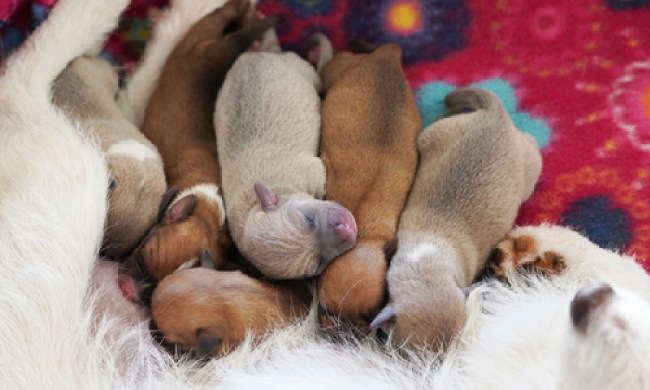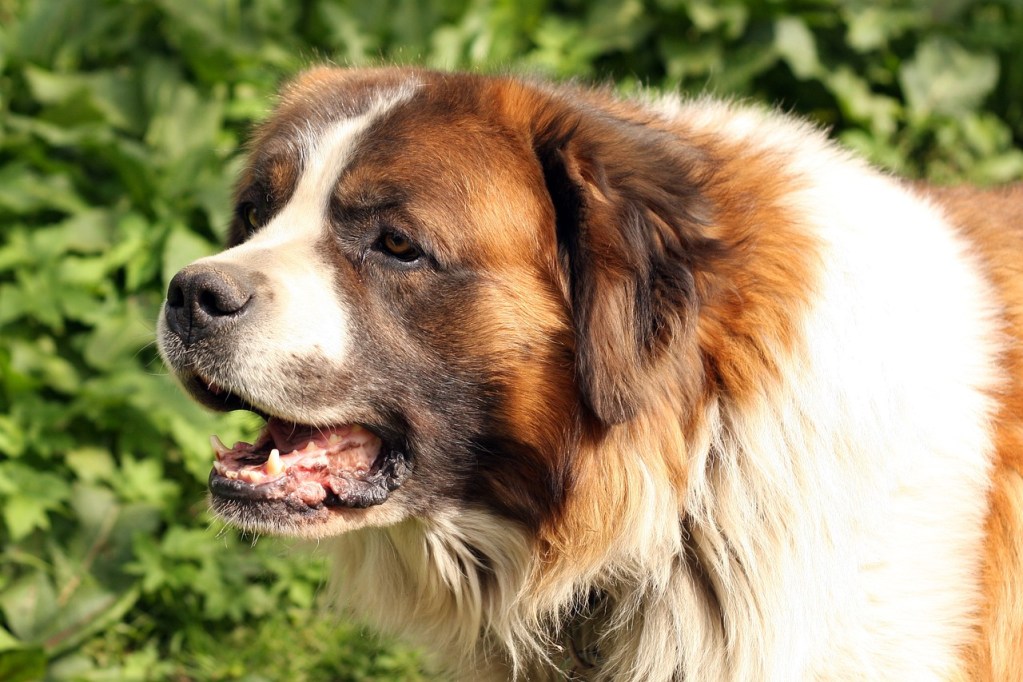
When we think of St. Bernards, the first image that springs to mind is a massive dog hauling a cask of brandy up a steep, snow-covered mountain, or perhaps cutely cuddling with a much smaller animal or child. These large and lovable dogs are immediately recognizable due to their size and distinct coloration and markings, but there are many myths and fun facts you might now know about them.
If you need new facts to fuel your St. Bernard obsession, we’re here to help! Here are six amazing facts about Saint Bernards you should know if you love this dog breed.
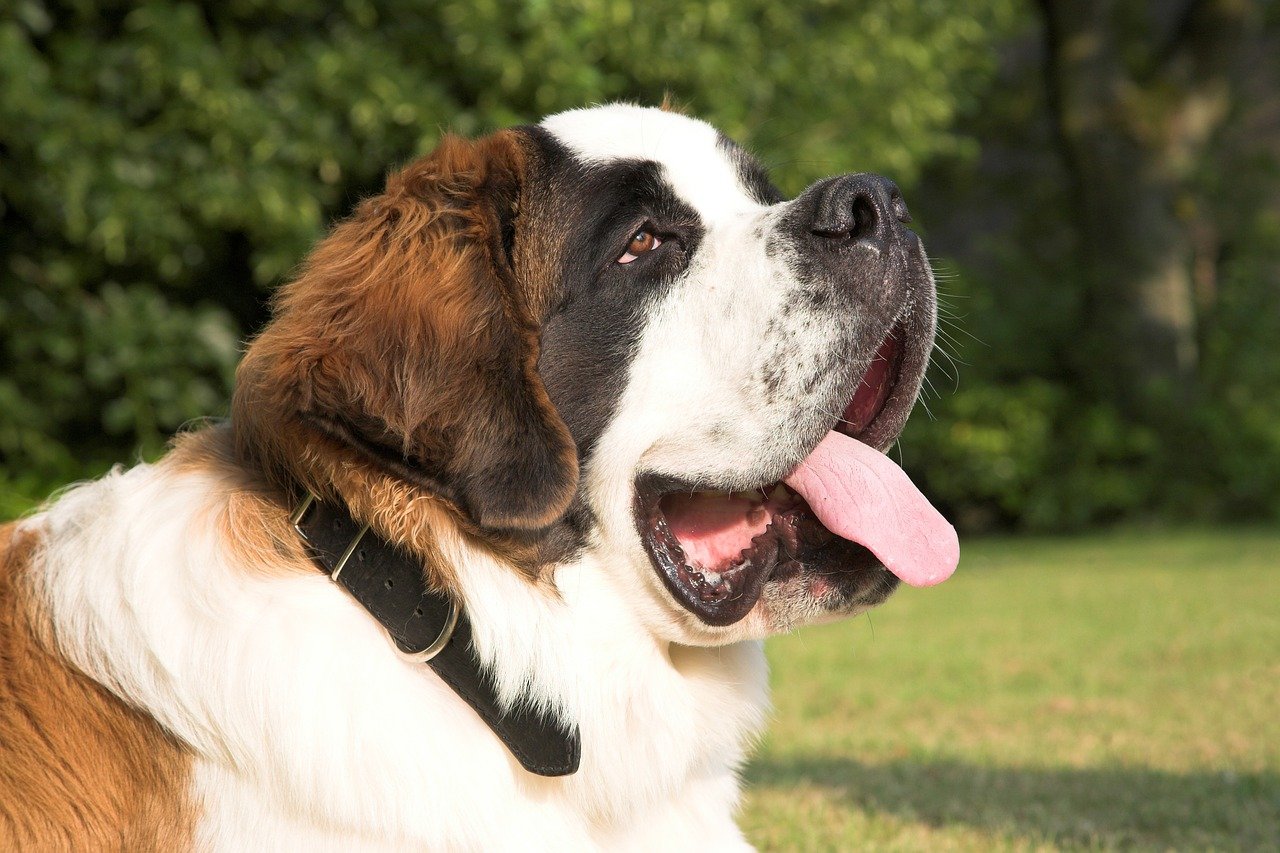
1. St. Bernards weren’t always called St. Bernards
We think of St. Bernards as a Swiss breed now, but many believe their ancestors were actually brought to Switzerland by the Romans almost 2,000 years ago. The breed probably came about when Molossers, a large breed similar to modern-day mastiffs, mated with local mountain breeds. These tremendous dogs were known as Talhund (which means “valley dog”) or Bauernhund (meaning “farm dog”).
In 1124, a monk named Bernard de Menthon was canonized as a saint, and a mountain pass he worked to restore was named in his honor. Several hundred years later, St. Bernards were brought to the St. Bernard Pass hospice to provide protection, companionship, and rescue stranded travelers, and the name stuck.
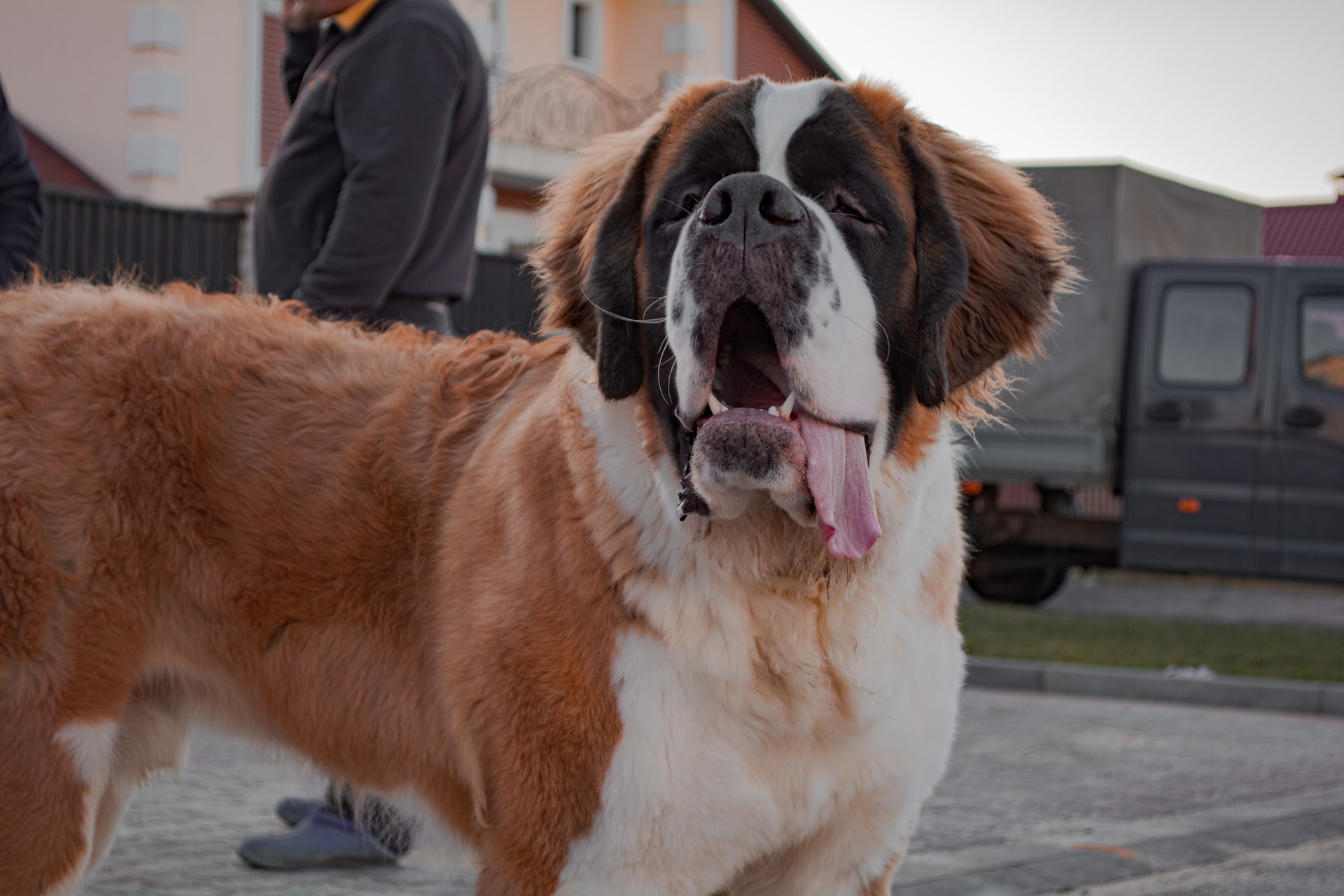
2. Their coats are a lot more low maintenance than you think
Have you ever wondered why some St. Bernards have long fur, and others have shorter coats? As it turns out, there’s a good reason for the difference. Concerned for the health of their loyal companions during the harsh winter months, monks once crossbred St. Bernards with Newfoundlands to give them longer, thicker coats. Unfortunately, their long coats trapped the ice and snow, making them more miserable than ever.
Whether your St. Bernard has a short or long coat, you don’t need to worry about breaking the bank on grooming expenses. The St. Bernard has an oily coat, perfect for keeping out water, so you won’t have to bathe your pup too often. In fact, you shouldn’t bathe your dog more than once a week, and they can go as long as eight weeks without a bath. However, they will need frequent brushing to prevent their coat from matting.
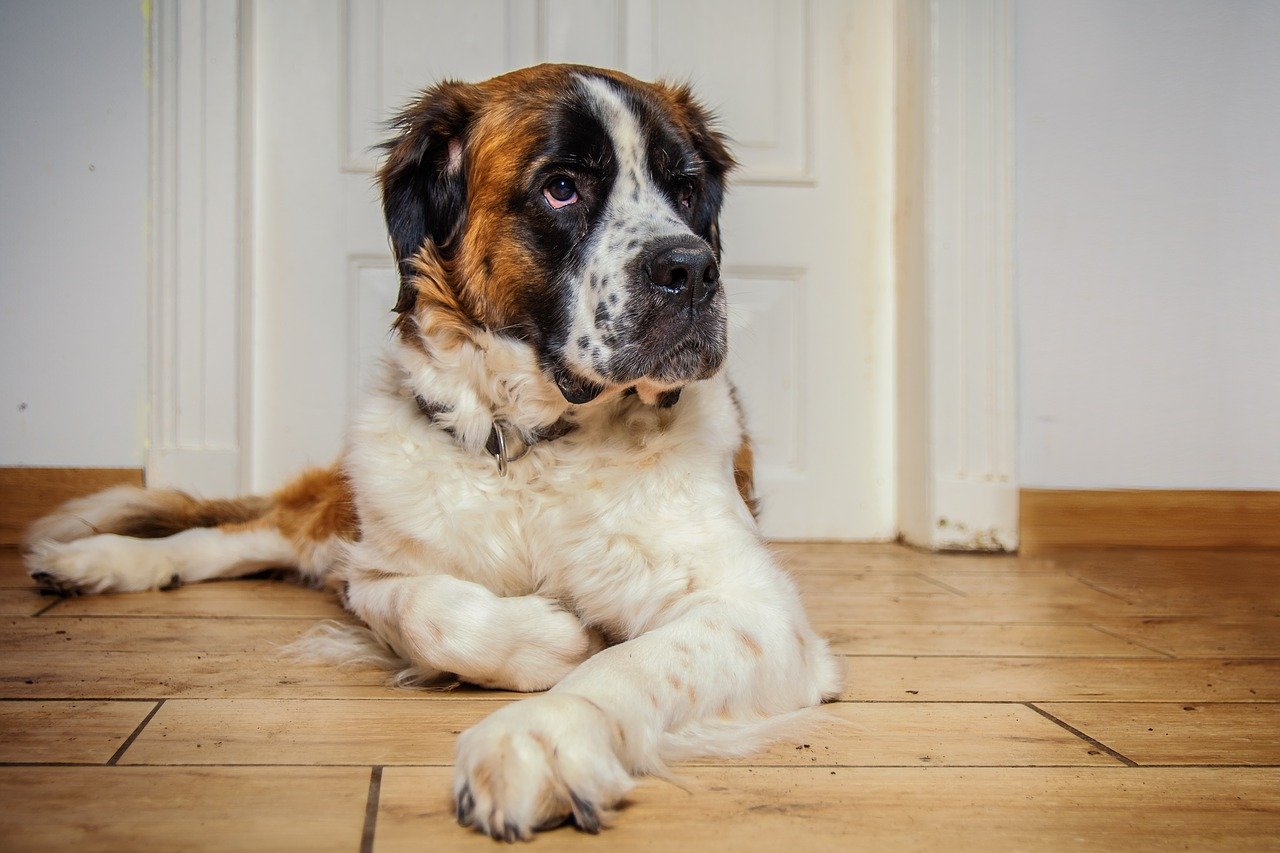
3. These gentle giants love every member of the family — even cats
With a towering height of 26–30 inches at the shoulders, and weighing in at anywhere from 120 to 180 pounds, St. Bernards are one of the largest dog breeds in the world. Famous for heroic mountain rescues, they are also one of the gentlest breeds, known for their endless patience with children, other dogs, and cats. Because they aren’t prone to aggression, St. Bernards are a fantastic option for parents — and cat parents — who want a large dog.
While all dogs have their own unique personalities, it’s quite likely the only real danger a St. Bernard poses is the possibility of knocking your child over with his enthusiastically wagging tail. Your St. Bernard will retain a puppylike demeanor for a long time, but don’t worry about keeping up with a gigantic, hyper dog. St. Bernards are notoriously lazy, another reason why they’re excellent companions if you have cats.
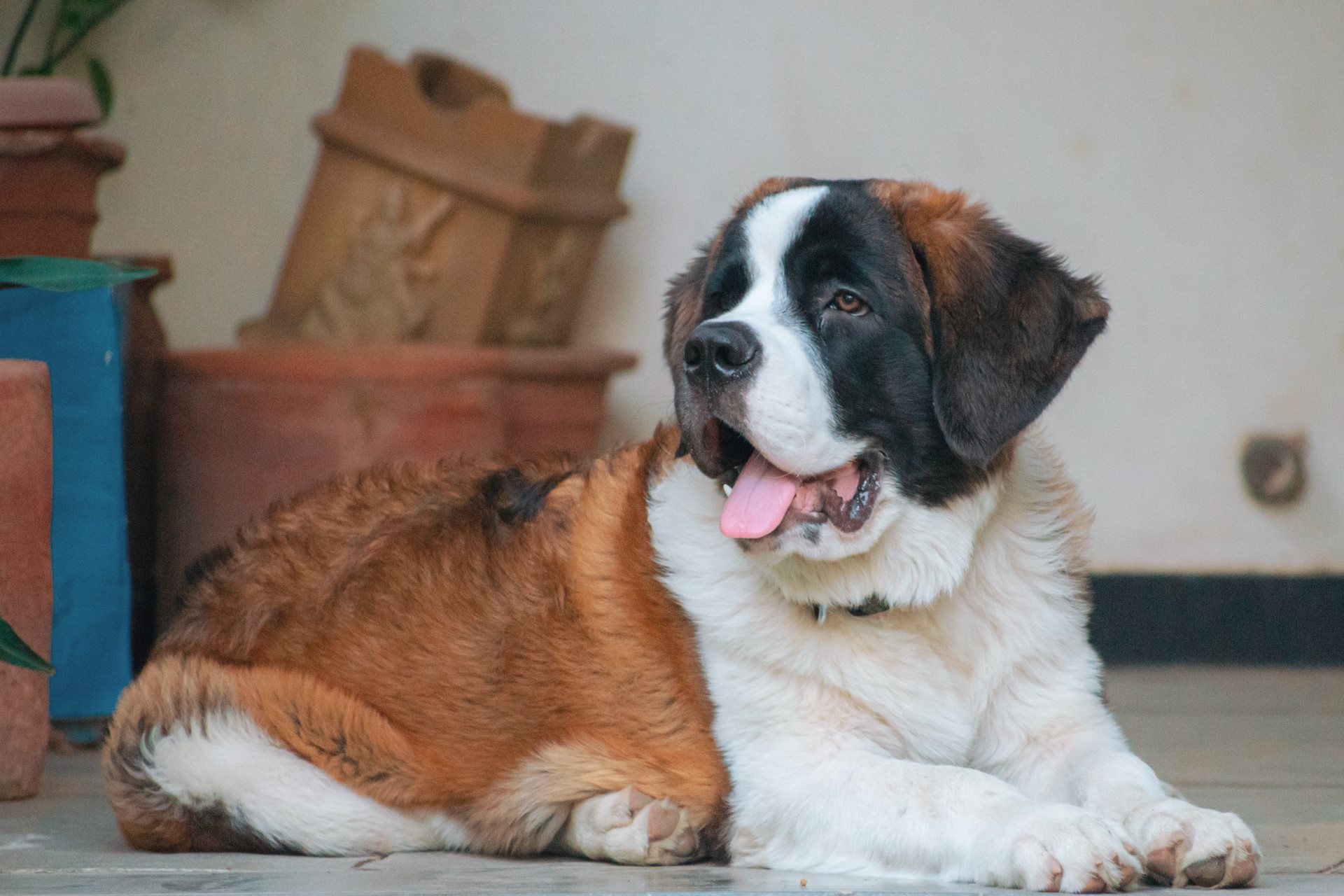
4. Owning a St. Bernard means drool is a fact of life
The shape of a St. Bernard’s head differs from that of most breeds. Combined with a uniquely shaped jaw and loose skin around their lips, it’s a recipe for buckets of drool. They’re also more likely to drool when they’re hungry or overheating, so keeping your pup cool, preparing his food while he’s outside, and keeping a drool rag on hand are all great ways to cut down on cleanup. All dogs can be messy, but St. Bernards more than make up for it with their affection and playfulness. Don’t let a bit of drool dissuade you from adopting one of these lovable giants.
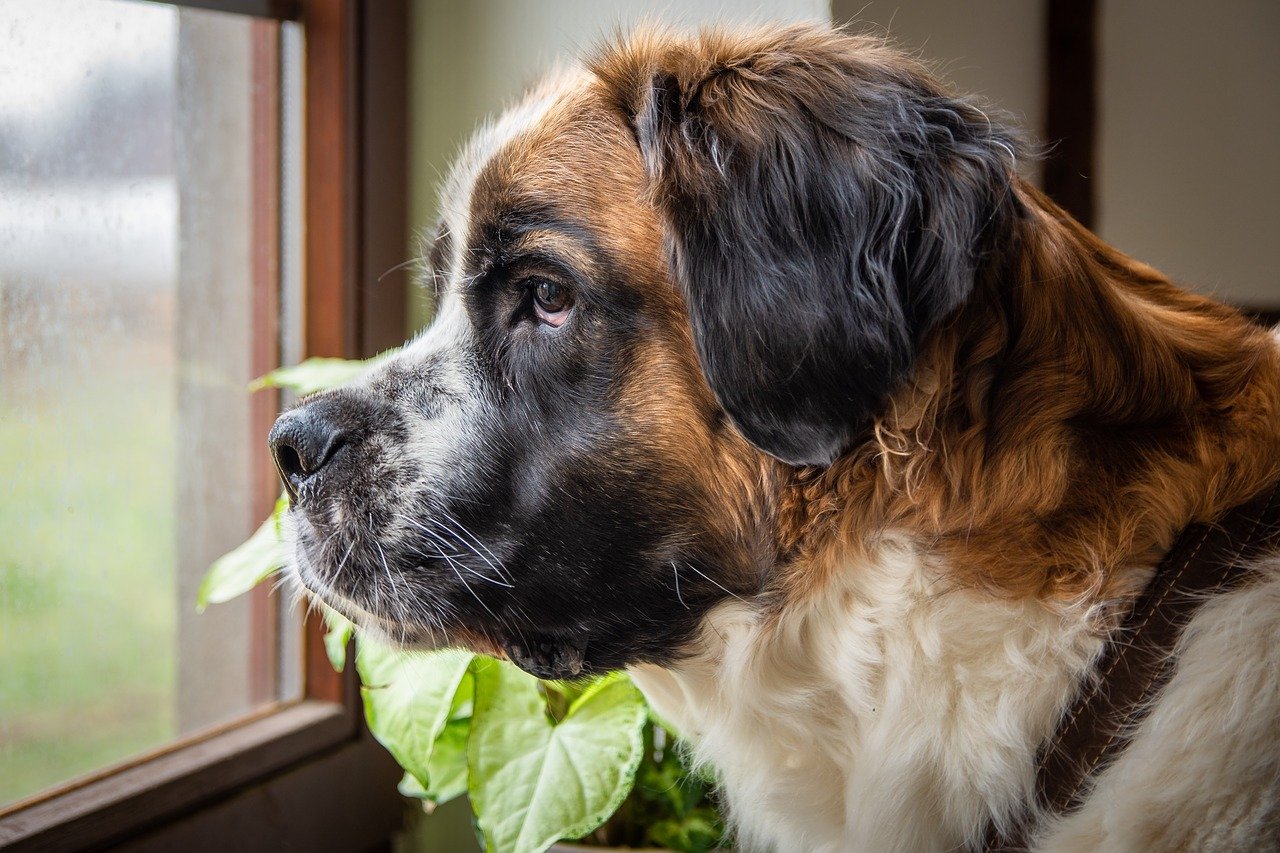
5. St. Bernards didn’t carry casks of brandy to stranded travelers
Even if you’ve Googled “St. Bernard dogs 101,” you may not know that one of the most common misconceptions about the breed comes from the mind of a talented teenager. In the 1820s, a 17-year-old English painter named Edwin Landseer depicted a pair of St. Bernards, one wearing the now-ubiquitous small cask, in a painting titled Alpine Mastiffs Reanimating a Distressed Traveler. When questioned about the cask’s contents, Landseer claimed it was full of brandy, and the myth lingers even now. In reality, the casks contained food and water.
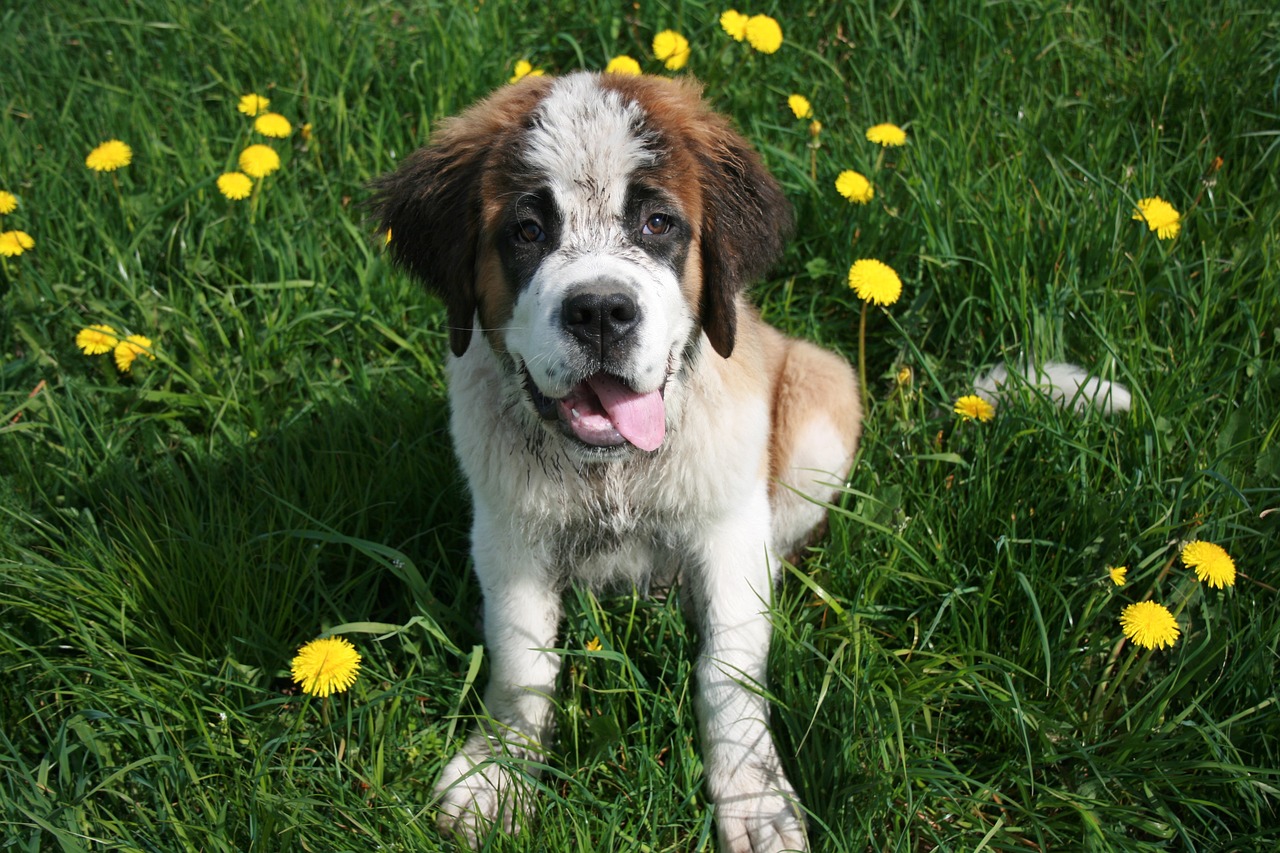
6. St. Bernards take a long time to reach their full size
St. Bernards are incredibly large (up to 30 inches tall!), but they don’t get that size ove night. While their puppies are also quite big, it can take up to 3 years for them to reach their full size. Most dog breeds are fully grown after only a year to a year and a half, meaning St. Bernards can take nearly two-and-half to three times as long as smaller dogs! Most St. Bernards grow to their adult height within the first two years, leaving the third year to fill out to their adult weight. Other massive dog breeds such as Great Danes and Mastiffs take a long time to grow as well, so patience is key when dealing with these big dogs!
With their massive size and ferocious-sounding bark, St. Bernards appear intimidating at first glance. But aficionados know these gentle giants are more likely to climb into your lap than show aggression. From their fascinating origins to the myth of those brandy casks, St. Bernards are one of the most storied dog breeds in history. The more we learn about them, the more we love them. We think you’ll agree.


